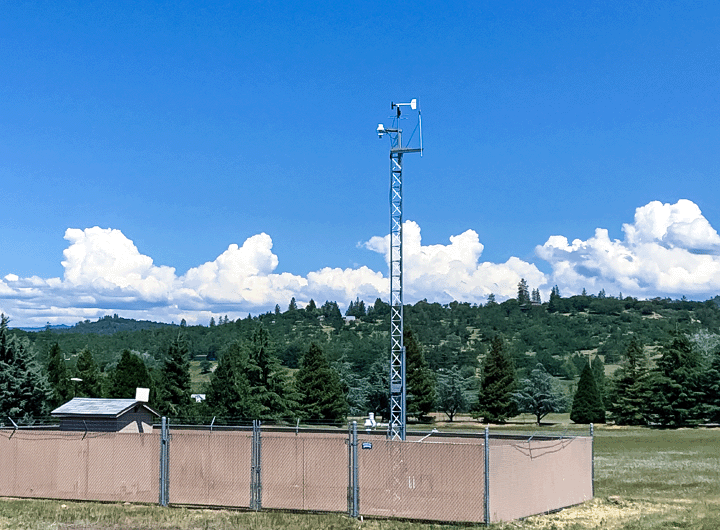Thought Leadership
DEQ Issues New Internal Management Directives

In September 2020, the Oregon Department of Environmental Quality (DEQ) released two new Internal Management Directives (IMDs) that will strongly influence risk assessment and site characterization activities at cleanup sites under DEQ oversight.
The IMDs reflect DEQ’s expectations for addressing ecological risk in accordance with Oregon Revised Statute (ORS) 465.315(2)(a) and Oregon Administrative Rule (OAR) 340-122-0084(3), as well as site characterization sampling methodology for ecological and human health risk assessment.
The IMD on conducting ecological risk assessments (ERAs) provides the first update to DEQ’s process for ERAs since 2001. It contains significant changes to the process and framework for conducting ERAs. The IMD includes corrections to errors in the 2001 ERA guidance, incorporation of new science and technologies (such as new recommended sampling procedures), development of new ecological risk-based concentrations (RBCs) for screening, and clearer pathways for determining which sites require ERAs and which sites do not.
A key consideration is the need for, and scope of, ERAs to be considered early in the site characterization process. This ensures the necessary data are obtained during typical investigation activities. Through this strategy, unplanned costs to meet ERA needs (such as requests for additional sampling) can be avoided.
The ERA IMD strongly recommends using incremental sampling methodology (ISM) to characterize soils and sediments. ISM is a spatial compositing technique that requires identification of decision units (DUs); then soils from the DUs are sampled, combined, processed, and subsampled in a laboratory according to specific procedures.
DEQ released an IMD on “Decision Unit Characterization” to provide further guidance on these topics. The IMD provides guidance on identifying and characterizing DUs and interpreting the ISM data for use in both human health risk assessments and ERAs.
Defining appropriate DUs is critical to ensuring that representative data reflecting potential risks are collected. Identifying appropriate DUs requires a good understanding of site conditions and history. These are used to identify potential source areas and potential exposure areas (for human and ecological receptors).
MFA participated in technical workgroups that supported DEQ’s development of these IMDs, and we encourage interested parties to reach out with any questions they may have. The IMDs can be found at the links provided below:



